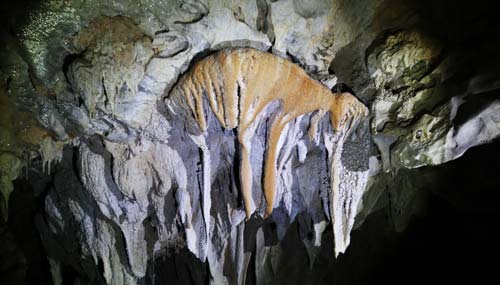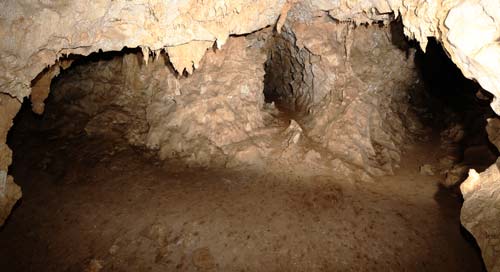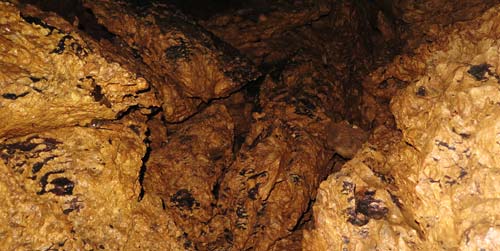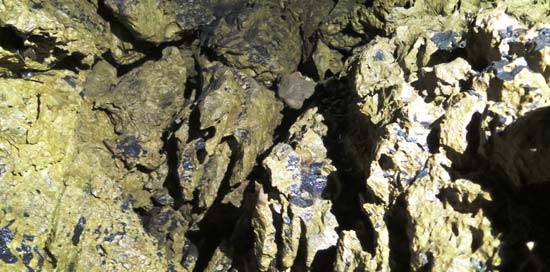Mayan caves game is nice to learn about, but we are interested in actual caves.
The Mayans tend to view their caves as sacred locations. Perhaps they played some ballgames in caves but the Popol Vuh suggests that the demons, devils, and deities of Xibalba were upset that humans were trying to play Mayan ball games.
I am writing this particular page while in Shanghai, and so far none of the Mayan caves game websites will download completely.
So I will write about the actual caves, especially of the Q’eqchi’ Mayan people, not the Mayan caves game for computers.

List of major Maya caves in Alta Verapaz, Guatemala
We are gradually making lists of major caves in every departamento of Guatemala, and in five states of Mexico: Tabasco, Chiapas, Yucatan, Campeche, Quintana Roo; and in Maya areas of El Salvador and Honduras. Here is our first installment: a list of major Maya caves in Alta Verapaz, Guatemala.
Many of these caves are well known locally; about five of the caves we have visited on weekends. Other caves are from the list of 15th International Congress of Speleology, pp. 178-179.
Bombil Pec caves
Candelaria Camposanto, caves, open to public
Cúpula de Murciélagos was only a few minutes long; in the other caves we were there for hours.
Mucbilhá cave, open to public
Cuevas de Candelaria, cave, open to public
Cuevas de Catalina, Municipio of La Tinta
Chitul, Santa Cruz Verapaz
Dolores (rio), San Pedro Carcha
Faisan, Coban area
Hul ik, Chisec area
Hun Nal Ye, San Pedro Carcha, origin of Rio Dolores
K'an Ba
Lanquin, deep cave, open to public, lots of tourists
Cuevas de los Nacimientos, Cueva Blanca
Rey Marcos caves: I enjoyed these but not sure I would return, since the caves of Candelaria and Mucbilha are so much bigger. In Rey Marcos you have to hike through water, so be sure to have the correct shoes.
Ma’xiwan, Chicujal, municipio San Juan Chamelco
Q’ana Itzam, not in other lists (or if so, under different spelling). We found on the web site www.deguate.com
Samac, municipio Coban
Seamay Cave, Finca Seamay, just outside Senahu
Secanante Caves (plural), also spelled Secante (cante means madre de cacao). This is the largest cave missing from almost all lists of caves of Guatemala.
Sepalau, lagunas, Chisec
Sepacuite cave, Finca Sepacuite. Many caves in this area; most are not in any list other than just “Sepaculte.” Be sure you have permission of the alcalde of the specific aldea in which each cave is located. We have explored on of these caves, peeked at the blocked mouth of another, and were told of a third cave.
Se’Tzol, (San Fernando) Chahal, Rio Chiyu, 15 47 59 N 89 35 04 W, Franja Transversal del Norte, Km 360 http://gt.geoview.info/cuevas_setzol_chahal_av,40410904p
Yaxlik, considered
Zetzol, Chahal (see Se’Tzol, (San Fernando) Chahal, Rio Chiyu)

“Cave” face on cliff overlooking the road between Tucuru and La Tinta.
You can see this “cave” remains from the highway between Tucuru and La Tinta. Since it is on the other side of the river, and on a bluff, we have not explored to see whether there is any actual cave tunnel.
Visiting the Mayan K’ekchi’ caves of Alta Verapaz: hotels and guides
We have stayed in hotels in Raxruha, in the community hotel in Mucbilha, in the community association lodging in Candelaria Campo Santo, and a romantic bungalow hotel for backpackers (surrounded by cacao groves and overlooking Semuc Champey).
|
Accommodations are basic and none of the rooms have toilets or showers in the rooms, but the local Q’eqchi’ Mayan people are friendly and helpful, the caves are worth visiting, there are lots of exotic Neotropical plants and animals. At night you are generally so tired you will sleep acceptably even if not a luxury suite. Besides, the price is reasonable (FLAAR is a non-profit educational institute, so we appreciate overnight accommodations which are reasonably priced).
The hotels in Chisec (and Raxruha) have toilets and showers in the rooms. These hotels are in villages and not at physical caves.

Lanquin Cave, Alta Verapaz, Taken with a Canon PowerShot G16, June 2014
Caves are a major feature of Classic Maya civilization
|
Caves were used by the Maya for thousands of years. Caves are the entrance to the Maya underworld, Xibalba, well described in the Popol Vuh. More and more archaeologists are studing caves nowadays.
My interest in caves is because as a child I had caves surrounding our family house in the Missouri Ozark Mountains. The water in our house came from the caves. There was even a cenote on our farm, about 100 meters from the house.
The primary feature of our farm is a cave-spring fed creek which goes through a hill. This is “The Sinks,” a natural wonder of Missouri. As kids we swam at one end every summer day (and occasionally would recklessly swim the entire 100 meters through the entire cave stream).
Me and my brothers explored caves every weekend. Today two of my brothers, Daniel and George, still enjoy exploring caves. Daniel came to Guatemala specifically to visit the caves of Candelaria (Candelaria Campo Santo and Mucbilha) because I recommend these caves.
So our Hellmuth family interest is in learning about caves. We do not excavate or do archaeology in them, though we are obviously aware that caves have been sacred locations for people for millennia.
The list of caves here is to assist people from around the world to realize that Guatemala is a great place to visit for more reasons than just Chichi, Lake Atitlan, or Antigua: Guatemala is also a land of impressive caves.

Lanquin Cave, Alta Verapaz, Taken with a Canon PowerShot G16, June 2014
|
Tourism is a healthy way for local people of Guatemala to earn income and support their families. And having local Mayan communities take care of the caves implies they will learn the value of keeping the forest around the caves. It helps if parts of the forests are not chopped down for milpa fires or commercial plantations. The local animals and birds also appreciate when their forest is not chopped down.
Caves are essential for providing jobs for local Mayan people
Many tourists love caves. By realizing that caves are a major growth area to improve tourism in Guatemala, we can assist everyone. Tourism to caves provides many jobs, especially for hotels, restaurants, and tour guides.
Hotels
- So hotel construction jobs
- Hotel maintenance jobs
- Restaurant jobs
- Guide jobs
Crucial aspects
- Protect the caves and surrounding forests and streams
- Open caves to tourists with appropriate conditions to protect the caves
- Provide more publicity about caves
































